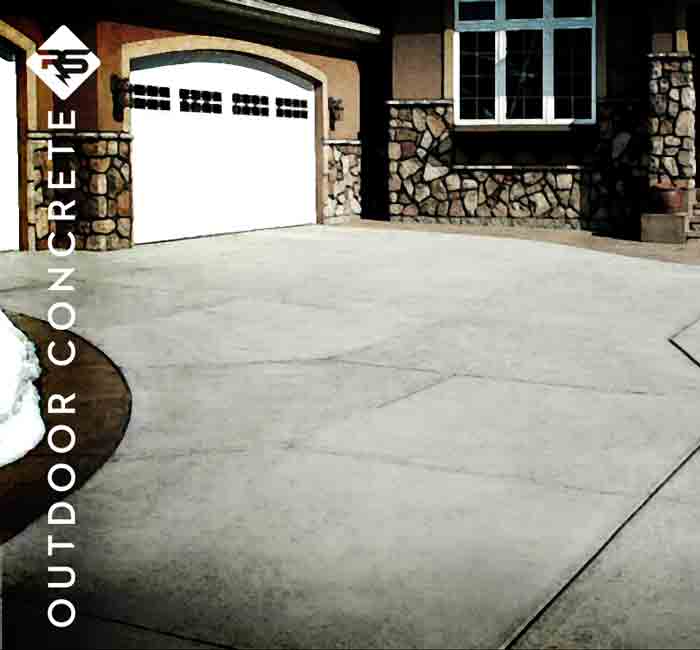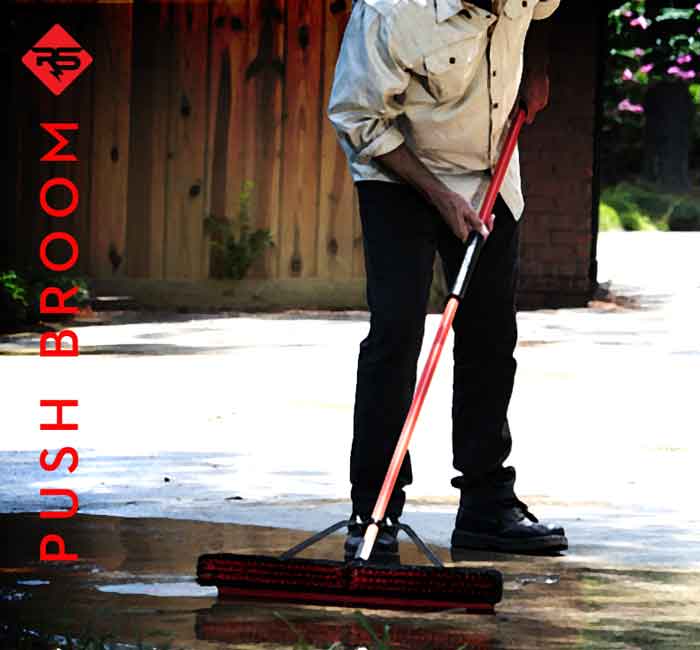RadonSeal Standard Penetrating Concrete Sealer is a water-based, eco-friendly, ready-to-use, reactive sealer formulated maximum penetration and sealing of capillaries indoor and outdoor poured concrete and cementitious substrates. It works by absorbing through the surface and deep into concrete, chemically reacting, bonding, and inherently sealing the matrix of the concrete.
Uses
RadonSeal Standard is recommended for indoor and outdoor poured concrete surfaces. Use RadonSeal Plus on older concrete surfaces, concrete blocks and cinder blocks.
- Indoor Poured Concrete: Less than 20-years old.
- Outdoor Poured Concrete: Less than 2-years old.
- Stucco
- Limestone
Applications
Poured concrete*, basement walls and floors, sidewalks, driveways, patios, parking lots, garage floors, gunite pools, industrial floors, decking, stairs, concrete fish ponds, and carports.
*Since RadonSeal relies upon a reaction with Portland cement, its effectiveness on thin concrete (less than 3″ thick) can vary. Thin concrete slabs are more common for older homes (early 20th century) and older crawlspaces.



Exclusions
Stamped, colored or stained concrete, polished concrete floors, modified hydraulic cement, concrete levelers, fiber-reinforced concrete, outdoor split face or lightweight blocks, bricks, pavers, chemically-modified concrete.
Coverage
- Poured Concrete: 200 sq. ft. per gallon.
- Stucco: 200-250 sq. ft. per gallon.
- Limestone 175-225 sq. ft. per gallon.
Surface Conditions
Concrete should be DRY prior to application. Concrete may require several days to dry after heavy rain or pressure washing. Avoid rain for 24 hours after sealer application. Ambient air and surface temperatures must be above 40o F during the application and for 72 hours after. Avoid applying to hot surfaces in direct sunlight, or in strong winds and excessive humidity. New concrete should be allowed to cure for at least 28 days.
Why Wintertime is the Right Time to Seal Indoor Concrete
Surface Prep
Surfaces must be clean, bare and porous. Vacuum or blow off excessive dust and loose particles. Mask surfaces not intended to be sealed. Product will etch glass and metal. Remove paints, sealers, curing compounds, adhesives, oil, grease, mold, efflorescence and other contaminants that might interfere with the penetration of the sealer. The surface must be porous enough to readily absorb the sealer. Hard-troweled concrete surfaces require chemical etching or mechanical abrasion to increase porosity. Use PowerEtch Concrete Etcher & Cleaner to obtain a proper surface profile.
Testing
Recommended! Concrete varies greatly in composition, finishing techniques and surface porosity. Apply RadonSeal Standard to a small test area to confirm sealer penetration into the concrete, surface suitability, and aesthetic.


Applying RadonSeal Standard
Apply using a hand-pump sprayer equipped with fan tip nozzle (recommended). Alternatively, a paint roller can be used if spraying is not feasible. RadonSeal Standard is applied in two wet-on-wet applications.
- STEP 1: Agitate container thoroughly before use.
- STEP 2: Using the pump sprayer, mop, or roller lightly dampen the concrete surface with water to help improve sealer penetration.
- STEP 3: Spray RadonSeal uniformly to the surface, maintaining a continuous wetting film.
- STEP 4: While the concrete is still damp, apply a lighter second application to the surface about 30 minutes after the first application.
- Concrete Floors: Moderately rinse treated surfaces with water and scrub with a bristle broom 30-minutes after the final application. DO NOT OVER APPLY. Avoid pooling or excessive rundown. Roll, broom, or brush away puddles.
Cleanup
Rinse tools with water. Remove overspray with a wet towel before it dries. Dispose of unused material and empty containers in accordance with local regulations.
Drying
Treated surfaces will begin to appear dry in 1-4 hours. Avoid foot and vehicular traffic until dry.
Applying Paints & Coatings
Wait 10+ days before applying paints, coatings, adhesives, or patch repair compounds. As RadonSeal begins to react and expand inside the concrete it may purge dirt, loose minerals, salts, and efflorescence to the surface for several days after application. Clean purged contaminants and efflorescence by mechanical or chemical means when necessary.


